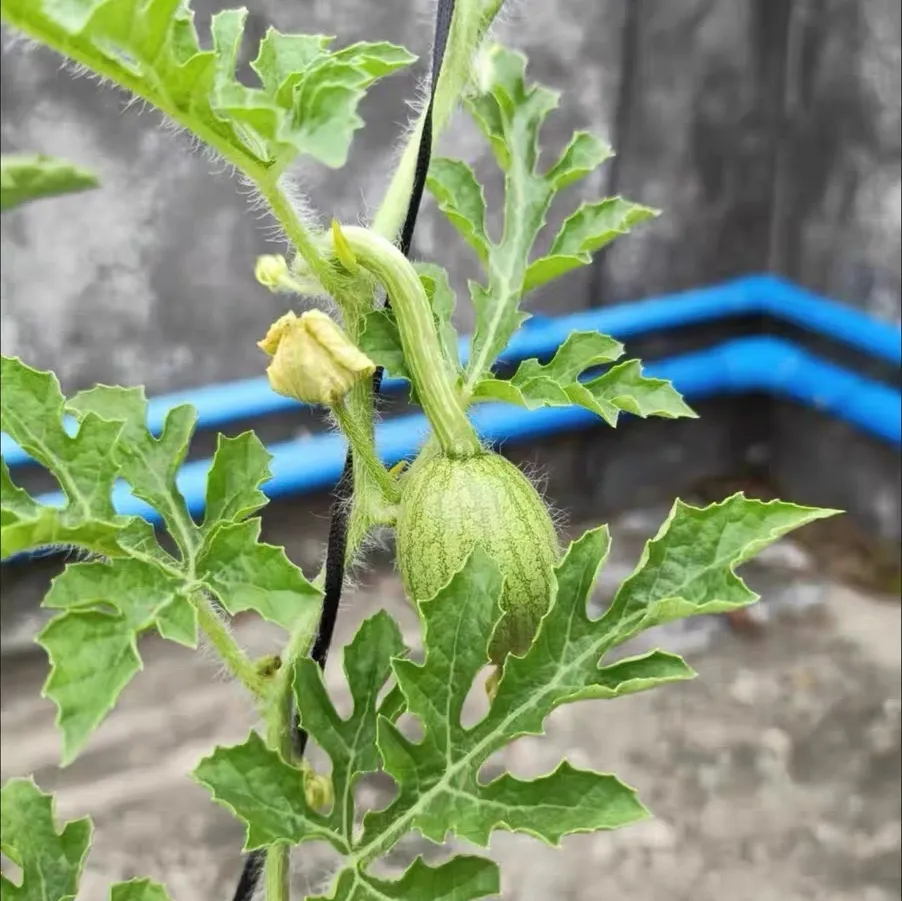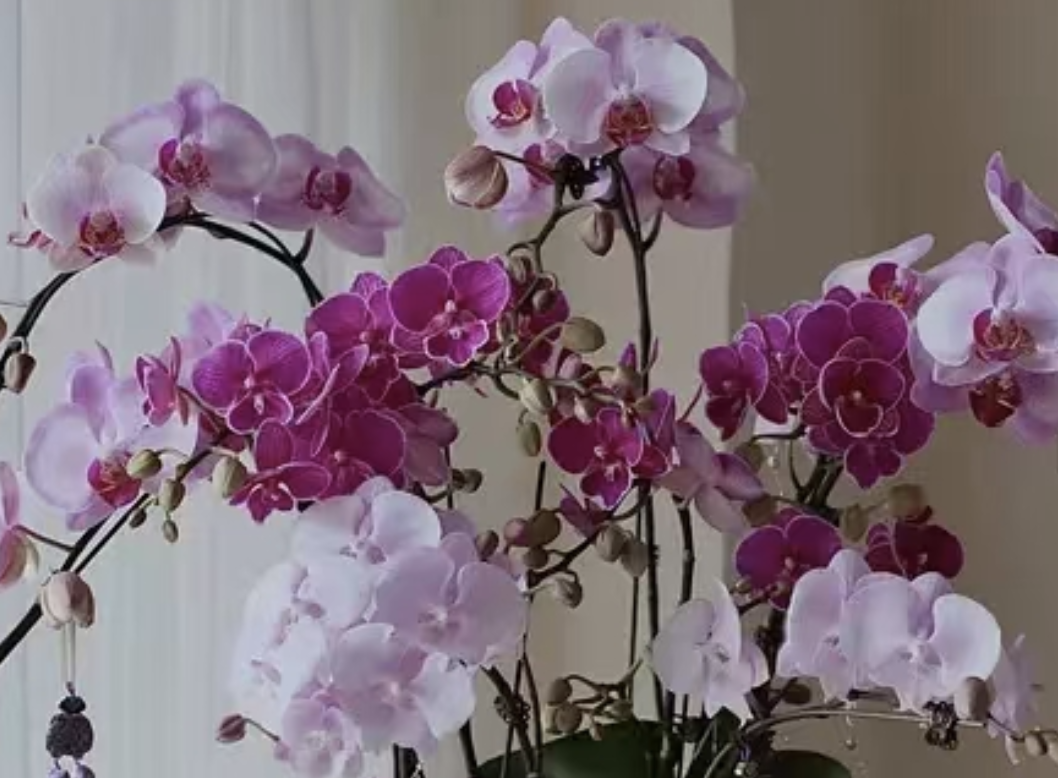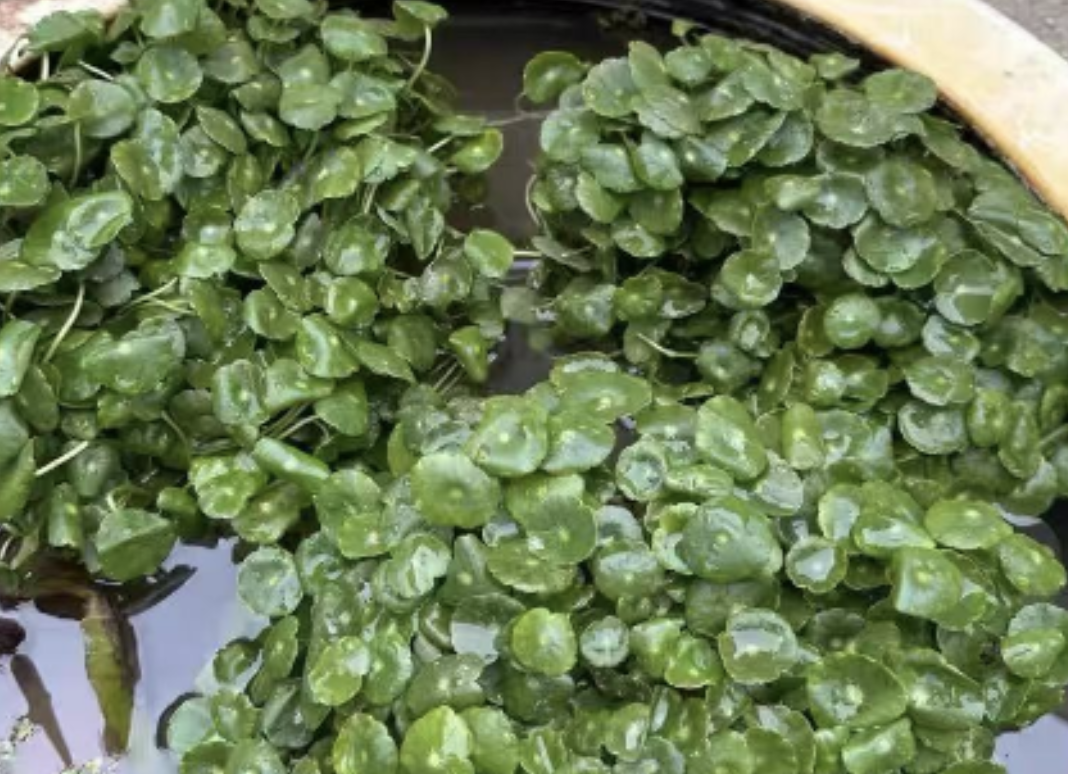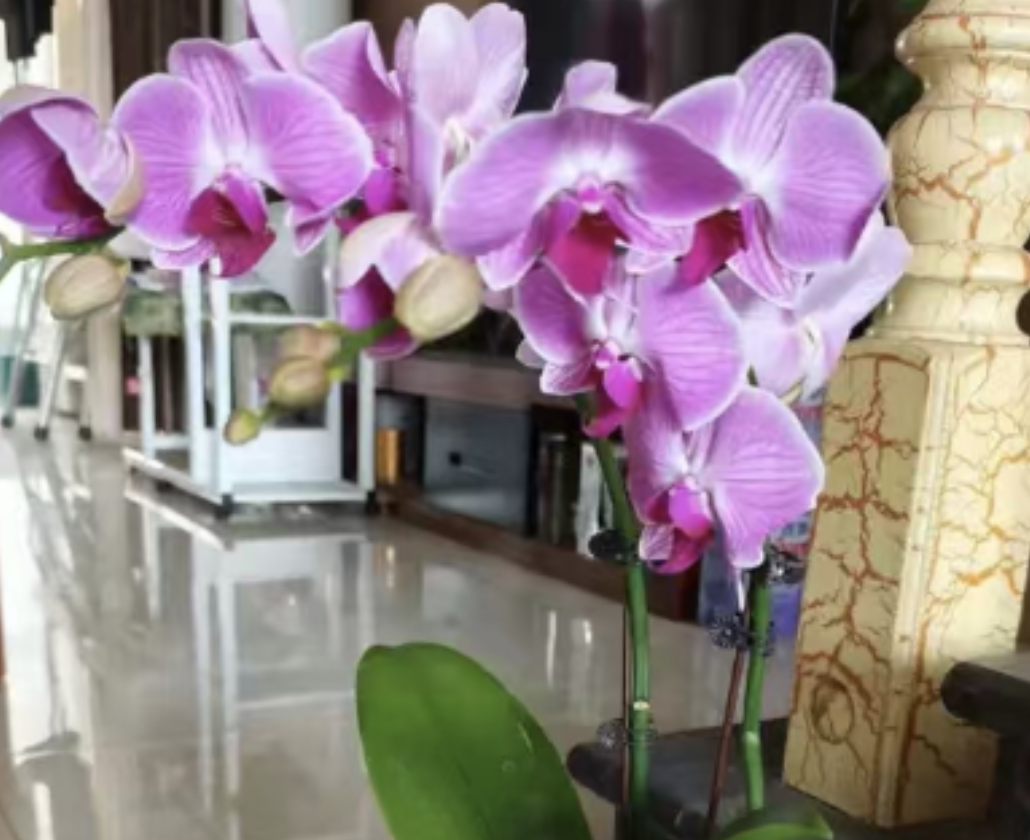Attention, watermelon growers! White leaves are not a minor issue—different symptoms correspond to different causes, and misjudging them could make things worse! Today, I’ll share how to identify the problem and solve it, so check your plants against this guide right away.
### Symptoms of White Watermelon Leaves
1. **Leaves covered in "white powder"**
The most typical sign is white powdery patches on the leaves. Initially, there may only be a few scattered spots, but they gradually spread to the entire leaf and even the stems, feeling slippery to the touch. This is caused by powdery mildew, which thrives in hot, humid, and poorly ventilated environments!
Treatment steps: In the early stages, spray a mixture of hymexazol solution and propineb solution, or ethirimol suspension, once every 10 days for 2-3 consecutive applications. If you’re concerned about chemical agents, you can use wood ash mixed with water or filtered baking soda water, spraying once every 3-5 days—this works for small-scale, mild infestations.
2. **"Scattered small white spots" on leaves**
If the white spots are scattered and not powdery, it’s most likely due to physiological disorders, often related to sudden temperature fluctuations. For example, delayed ventilation in greenhouses causing a sudden midday temperature spike, or inadequate irrigation during droughts (where root water absorption can’t keep up) may trigger this "stress response" in leaves.
Solution: Adjust greenhouse ventilation immediately—open vents once morning temperatures rise to avoid extreme temperature swings inside. Increase mulching to retain moisture and stabilize soil temperature, reducing root stress from environmental changes. Water before the soil gets too dry, keeping it moist but not waterlogged, allowing the plant to recover gradually.
3. **White leaves accompanied by wilting**
If you recently fertilized, especially with uncomposted organic fertilizers like chicken or sheep manure, or overused chemical fertilizers, root burn is likely causing the leaf discoloration. Along with whitening, leaves may wilt, droop, and feel slightly brittle.
First aid: Stop fertilizing immediately! Slowly rinse the soil around the roots with clean water to dilute excess fertilizer. Once the plant looks less wilted, apply a small amount of diluted weak fertilizer to "replenish its strength." Never rush to use strong fertilizer "to fix it"—it will only make things worse!
### Notes
1. Treatments vary drastically by cause: powdery mildew requires fungicides, while root burn needs water to dilute fertilizer. Missteps will exacerbate the problem. If unsure, contact your local plant protection department for professional help!
2. If diseased leaves exceed 30%, don’t rush to spray—first completely remove and burn all diseased leaves and branches to prevent pathogen spread, then apply treatments for better results.
3. Regardless of the issue, ventilation, proper fertilization, and stable temperature/humidity are key. Especially in greenhouses, frequent observation and early adjustments are far easier than fixing problems later!
What causes watermelon leaves to turn white?

Share with
Tagged in :




Leave a Reply